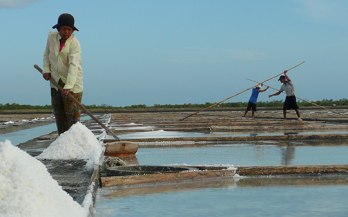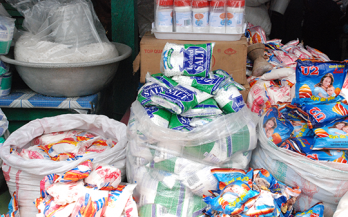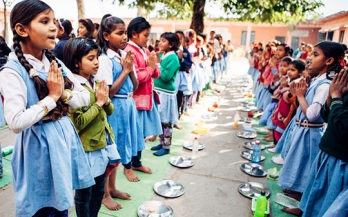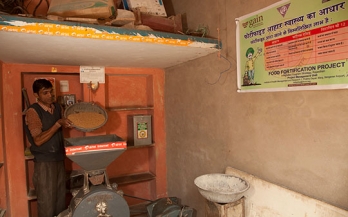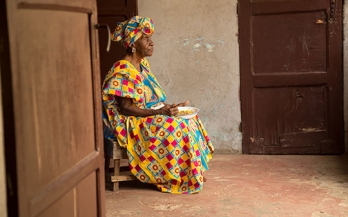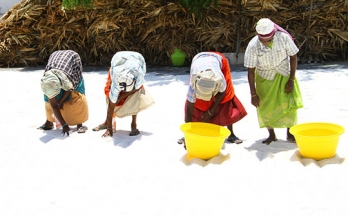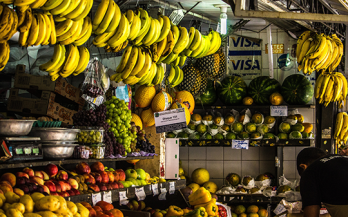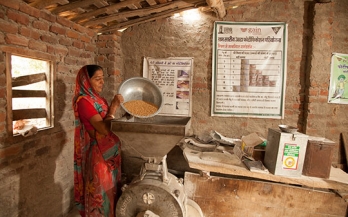Single and multiple variable regression analyses were conducted using data from stratified, cluster sample design, iodine surveys in India, Ghana, and Senegal to identify factors associated with urinary iodine concentration among women of reproductive age at the national and sub-national level.
Regression analyses of data from stratified, cluster sample, household iodine surveys in Bangladesh, India, Ghana and Senegal were conducted to identify factors associated with household access to adequately iodised salt.
Since 2006, the Global Alliance for Improved Nutrition (GAIN) has worked with a range of partners to improve access to nutritious foods for large parts of the population, through public and private delivery channels. This supplement presents a selection of activities to improve access to nutritious foods for large parts of the population, through public and private delivery channels.
This study was conducted to determine the operational performance, economic sustainability and social impact of a decentralised production model for India’s Supplementary Nutrition Program, in which women groups run small-scale industrialised units.
This study used data from three population-representative surveys of women of reproductive age in Kenya, Senegal and India to develop a new approach to apportion the population Universal Salt Iodization levels by the principal dietary sources of iodine intake, namely native iodine, iodine in processed food salt and iodine in household salt.
Household coverage with iodized salt was assessed in 10 countries that implemented Universal Salt Iodization.
A spatially representative statewide survey was conducted in Rajasthan, India to assess household coverage of atta wheat flour, edible oil, and salt. An even distribution of primary sampling units were selected based on their proximity to centroids on a hexagonal grid laid over the survey area.
A cross-sectional survey was undertaken to estimate household iodised salt coverage at national and sub-national levels in India.
This commentary aims to discuss the multiple ways in which private sector can leverage its expertise to improve nutrition in general, and complementary feeding in particular.
This paper focuses on food fortification in two states of India and highlights the key activities needed to implement large scale food fortification programs, the challenges associated with food fortification, the feasibility of scaling up staple food fortification through commercial channels on a voluntary basis and the potential of introducing fortified foods through public funded programs.
